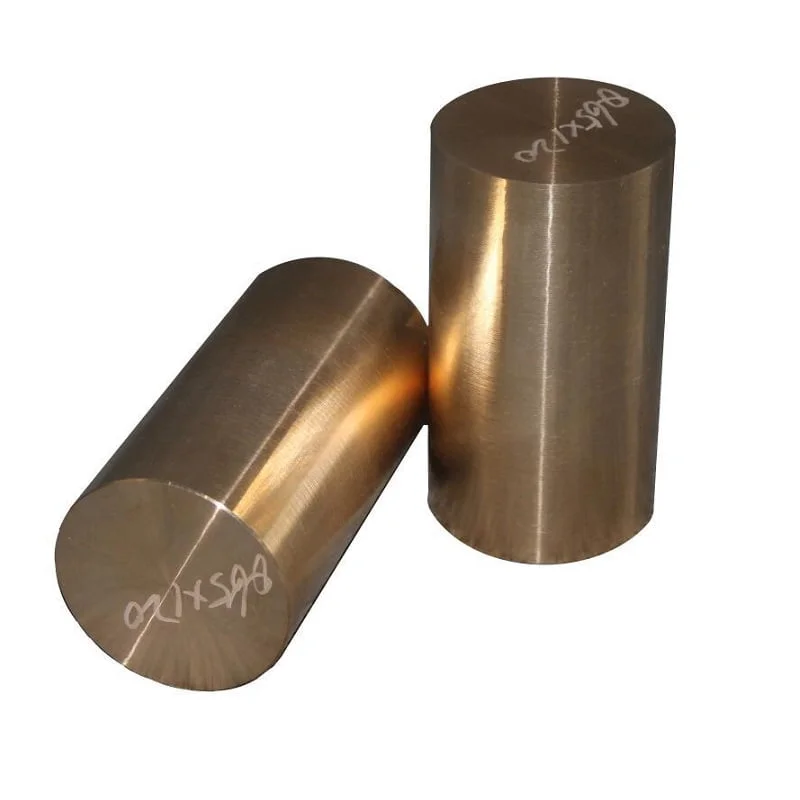Composition and Calculation of Beryllium Copper Price

Beryllium copper alloys, such as C17200, are valued for their unique combination of properties, which include high strength, conductivity, and corrosion resistance. The price of beryllium copper is influenced by several factors, including the current market prices of copper and beryllium, alloy composition, manufacturing processes, and market demand. This article provides an overview of the composition of beryllium copper alloys and discusses how prices are calculated based on these factors.
Composition of Beryllium Copper Alloys
Beryllium copper alloys typically consist of copper as the base metal alloyed with a small percentage of beryllium. The exact composition can vary depending on the specific alloy grade and its intended application. The composition of Beryllium Copper C17200, for example, is as follows:
| Element | Percentage |
|---|---|
| Copper (Cu) | 98.1% |
| Beryllium (Be) | 1.9% |
In addition to copper and beryllium, small amounts of other elements such as cobalt, nickel, and sometimes iron may be present to further enhance specific properties like strength or corrosion resistance. However, copper and beryllium are the primary elements that define the alloy’s characteristics.
Factors Influencing Beryllium Copper Prices
- Market Prices of Copper and Beryllium: The prices of copper and beryllium commodities in the global market have a direct impact on the cost of beryllium copper alloys. These prices can fluctuate based on supply and demand dynamics, geopolitical factors, and economic conditions.
- Alloy Composition: Different grades of beryllium copper alloys may have varying compositions to meet specific performance requirements. Higher beryllium content generally increases the alloy’s strength and hardness but also contributes to higher material costs.
- Manufacturing Processes: The manufacturing processes involved in producing beryllium copper alloys, such as melting, casting, and heat treatment, affect production costs. Complex alloys or specialized forms (e.g., rods, bars, sheets) may require additional processing steps that influence the final price.
- Market Demand and Application: Demand for beryllium copper alloys across industries (e.g., electronics, aerospace, automotive) can impact prices. High demand for specific grades or applications may lead to price increases due to limited supply or increased production costs.
Calculation of Beryllium Copper Price
The price of beryllium copper alloys is typically calculated based on the following factors:
- Base Metal Prices: Start with the current market prices of copper and beryllium, which are often quoted per metric ton or pound.
- Alloy Composition: Determine the alloy composition (e.g., percentage of copper and beryllium) and adjust the price calculation accordingly. For example, a higher beryllium content would contribute more to the alloy’s cost.
- Processing and Manufacturing Costs: Consider the costs associated with manufacturing processes, including material handling, melting, alloying, shaping, and finishing.
- Market Factors: Factor in market conditions, such as supply chain disruptions, tariffs, and currency fluctuations, which can impact raw material costs and overall pricing.
Example Calculation:
To illustrate, let’s consider a hypothetical calculation for the price of Beryllium Copper C17200:
Market Prices (as of calculation):
- Copper price: $9,000 per metric ton
- Beryllium price: $70,000 per metric ton
Composition:
- Copper (Cu): 98.1%
- Beryllium (Be): 1.9%
Calculation:
- Calculate the cost contribution of each element based on its percentage in the alloy:
- Cost of copper = 98.1% × $9,000 = $8,829 per metric ton
- Cost of beryllium = 1.9% × $70,000 = $1,330 per metric ton
Total Alloy Cost:
- Total alloy cost per metric ton = Cost of copper + Cost of beryllium
- Total alloy cost = $8,829 + $1,330 = $10,159 per metric ton
Additional Costs:
- Include additional manufacturing costs, overhead, and profit margins to determine the final selling price based on market conditions and industry standards.
Conclusion
The price of beryllium copper alloys like C17200 is determined by various factors, including the composition of copper and beryllium, market prices of base metals, manufacturing processes, and market demand. Understanding these factors is essential for stakeholders in industries relying on beryllium copper alloys, providing insights into cost management and procurement strategies.
For precise pricing and procurement, businesses often consult with suppliers and industry experts to navigate market fluctuations and ensure competitive pricing strategies aligned with their operational needs.
This article has aimed to elucidate the composition and pricing mechanisms of beryllium copper alloys, utilizing clear tables to enhance understanding and provide a comprehensive overview for stakeholders in relevant industries.
